Introduction and History
The Mughal dynasty ruled over large parts of India for almost two centuries. They were huge patrons of art and architecture in India. The second Mughal emperor Humayun got with him two artists from Persia – Mir Sayyid Ali and Abdus Samad. During the first two Mughal emperors the floral and faunal study was the topic of Mughal miniature paintings. During the reign of Akbar, he developed a tasvirkhana and got many artists trained. He got translated many local folk and mythological stories into Persian-style paintings. For example, the Mahabharata was translated into Persian and it was known as the Razmnama. The paintings during this period were inclined towards naturalism and realism. The golden period came during the reign of Jahangir. He developed distinctive styles of painting such as allegorical paintings and portraiture. The brushwork during this period became finer and more detailed. According to various chroniclers, Jahangir could identify the artist from the stroke of his brush. During this period the work of Christian missionaries increased, who brought with them paintings developed during the renaissance. The artists began to use single-point perspective among other techniques developed as a result of the amalgamation of Indian and European arts. The Mughal miniatures deteriorated in quality during the reign of Shah Jahan, whose main focus was on architecture. The style almost vanished during the reign of Aurangzeb, who forbade the arts in general.

Figure 1: Princess of the House of Timur, Abdus Samad, 1545 - 1550, British Museum, London
Characteristics
- As the name suggests, Mughal miniatures were smaller in size, yet minute, intricate and detailed.
- These miniature paintings were part of a larger group of manuscripts. The art of manuscript writing included calligraphers, painters, gilders, and binders.
- The paintings were a result of years of amalgamation of various indigenous themes and styles with Persian and later European themes and styles. At its peak, it was a balanced blend of indigenous Indian, Islamic and European arts.
- There is a use of water-based opaque colors on handmade paper in all the Mughal miniature paintings.
- The color pallete was bright and brilliant. The colours were obtained from natural sources such as vermillion from cinnabar, ultramarine from lapis lazuli, yellow from orpiment, white from shells, and black from charcoal. Pure gold and silver powder were used for the paintings.
- Agate was used for burnishing the work, setting the colors, and giving them the desired radiance.

Themes
- The Mughal paintings are known for its diverse range of themes and subjects. The themes during the reign of Babur included portraiture. The reign of Humayun included the depiction of historical portraits, open air paintings, and some royal scenes.
- The reign of Akbar had the most diverse themes. His atelier consisted of talented Persian and indigenous artists. The paintings during this period included illustrations of manuscripts, flora and fauna, political conquests, secular texts, court scenes, portraits, etc.
- The Mughal miniauture paintings absorbed Iranian artists and elements during the reign of Jahangir and his Iranian wife. During this period, the Muraqqas, or individual paintings in albums became common. The themes included lavish court scenes, royal portraits, aristocracy, and distinctive flora and fauna.



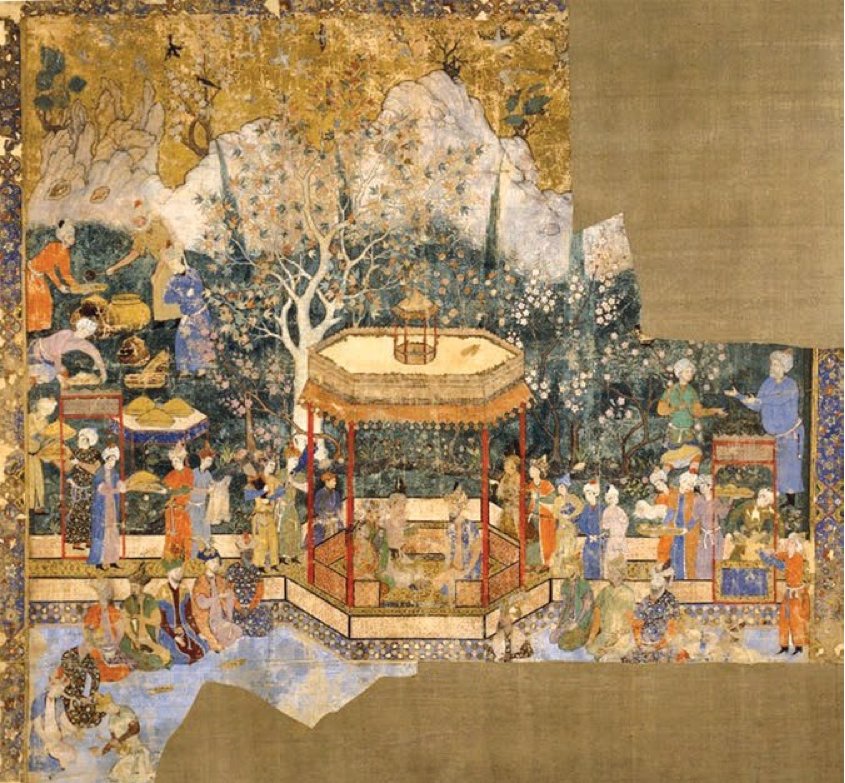










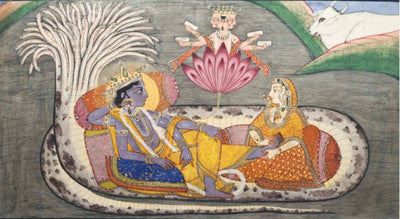
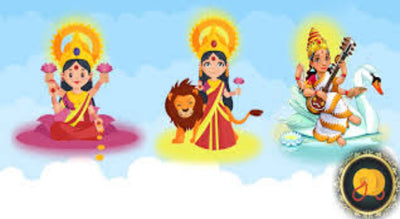
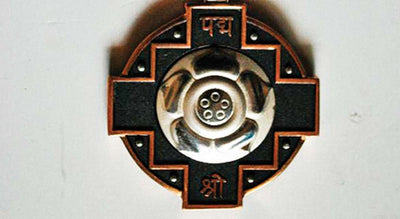
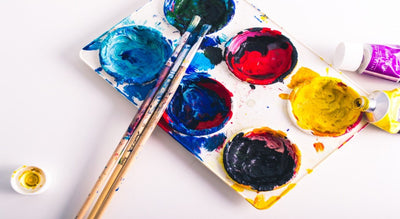
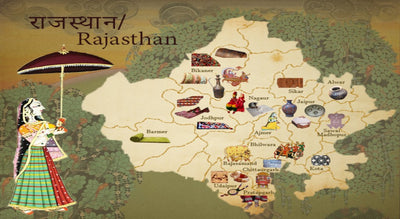
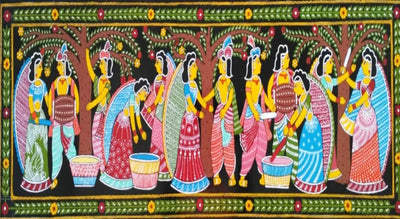
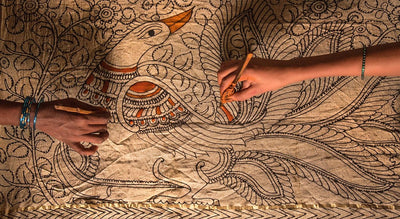



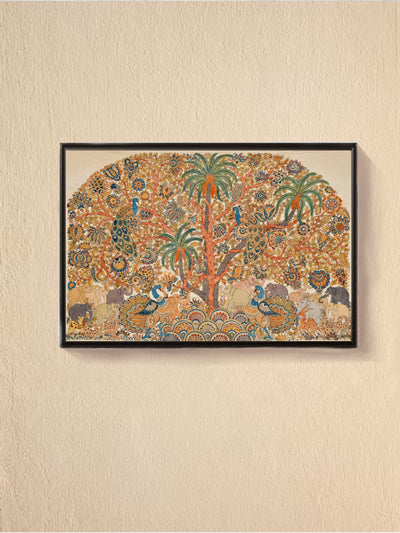







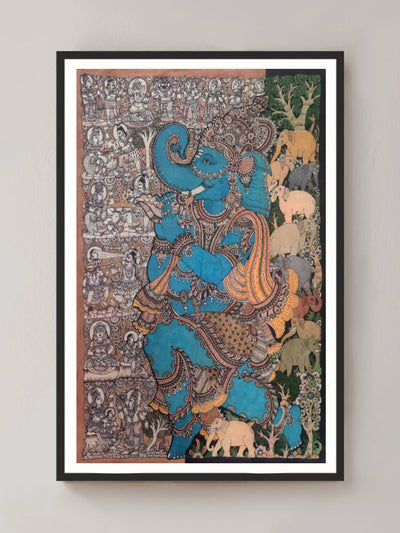








0 comments